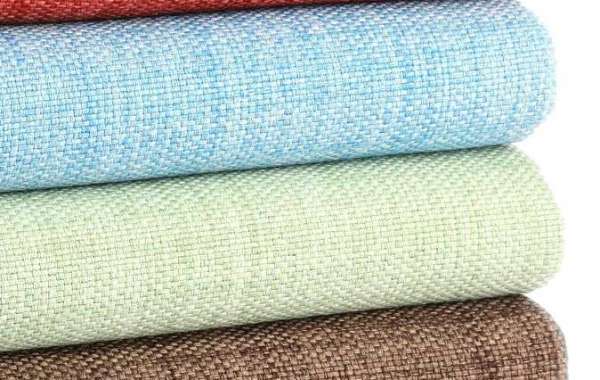Designing for hospital rooms is about more than providing a comfortable patient area with medical equipment—it’s about creating a better healthcare and healing experience for patients and their families during a hospital stay, as well as developing a better workspace for caregivers.
Whether you’re designing a new hospital room or renovating an existing one, adding the right Hospital Curtain Fabric can dramatically impact the overall look and feel of a room. Below are some ideas on how to successfully incorporate them into your design plans.
Assess the Design Needs
Prior to creating the design plan, it’s important to determine and understand:
The size and type of room in which the curtains will be used (is it a single room, or was it intended for double occupancy?)
The size of the windows and/or square footage of the areas where the curtains will be used
The functional needs for the curtains (Will they primarily be used to decorative or divide the room? For privacy purposes? To darken a room?)
How homelike the room design will need to be (Does the room need to include evidence-based design elements or standard design elements?)
The type, quality, and style of curtain fabric will be needed (to adhere to stringent medical requirements and to create an aesthetically pleasing space)
Types of Curtains Frequently Used in Patient Rooms
A few examples of the most common curtain types used in patient rooms include:
Window Treatments – Curtains, valances, and other materials used to cover the windows or a window frame in a patient’s room.
Hospital Cubicle Curtains (Also Known as Privacy Curtains) – Medical fabrics, suspended from a ceiling track or other support structure to create a separate, private room for patients. These types of curtains usually have a row of mesh at the top (if required by local safety codes to let ceiling-mounted fire sprinklers do their job in the event of a fire), as well as space between the bottom of the curtain and the floor to prevent the fabric from being soiled whenever the floors are cleaned and mopped.
Hospital Shower Curtains – Curtains used in bathing areas to help keep water from leaking onto the floor of the patient room, as well as to prevent and control the spread of bacteria and fungus.
Selecting the Right Fabric for Your Hospital Curtains
Because of the healthcare industry’s highly specialized needs and stringent regulatory requirements, hospitals demand a higher quality and different type of fabric for their curtains than traditional facilities. For example, they need fabrics that are not only strong and durable, but also antimicrobial, hypoallergenic, antistatic (to prevent static electricity from potentially interfering with sensitive medical equipment), flame resistant; stain, odor, and fluid resistant, and so on. Plus, the color of the curtains can also play an important role in patient healing. Therefore, it’s important to work with a fabric supplier that offers high-quality medical fabrics which include all of these features and more.
As a professional fabric material industry, we also offer tons of different fabric material,such as Hospital Curtain Fabric. welcome to consult us.








